Why Waste Food When You Can Rescue and Upcycle It?
Everyone loves food, but the more we buy, the more food waste is generated. With the concept of ‘food rescues’ recently gaining traction in Singapore, CHERYL JUAN chats with experts and a fellow participant of food rescues to find out more about how food rescues and upcycling can help mitigate the issue of local food wastage.
Photo taken from Kampung Bishan on Facebook.
BY
Cheryl Juan
Section Editor
Hype Issue #55
Published on
May 30, 2022
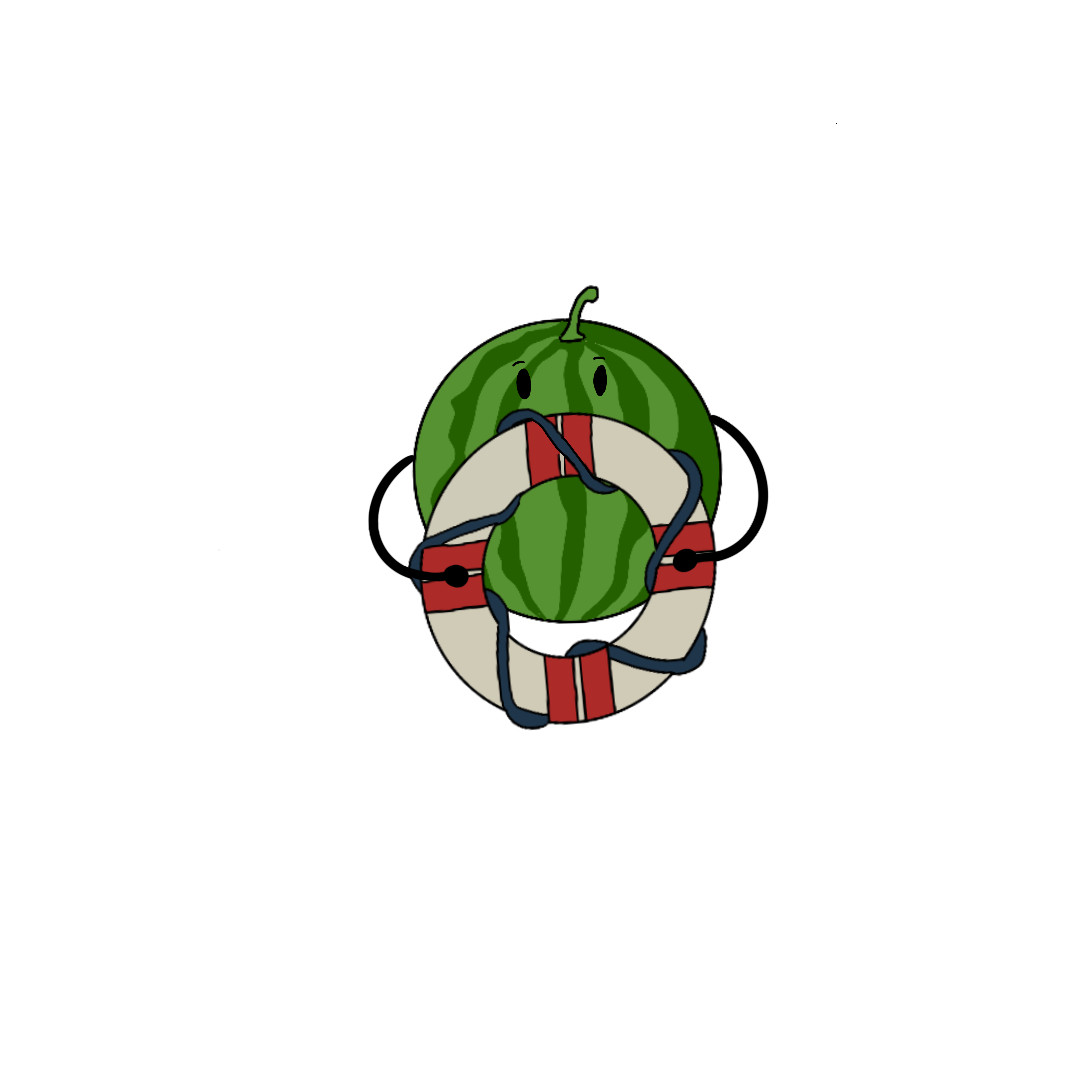
“Cheap and good!” is a familiar phrase that’s been drummed into Singaporeans looking for the best of the best. From a young age, many were taught by their parents as to how to select the best, the freshest, and the most beautiful food. However, this has a snowball effect when vendors adapt to these “wants” by applying a “cosmetic filter” – a process of throwing out “ugly food” that does not meet the marketable aesthetic cut, even if it is still edible and tastes just as good as the food that’s sold in stores.
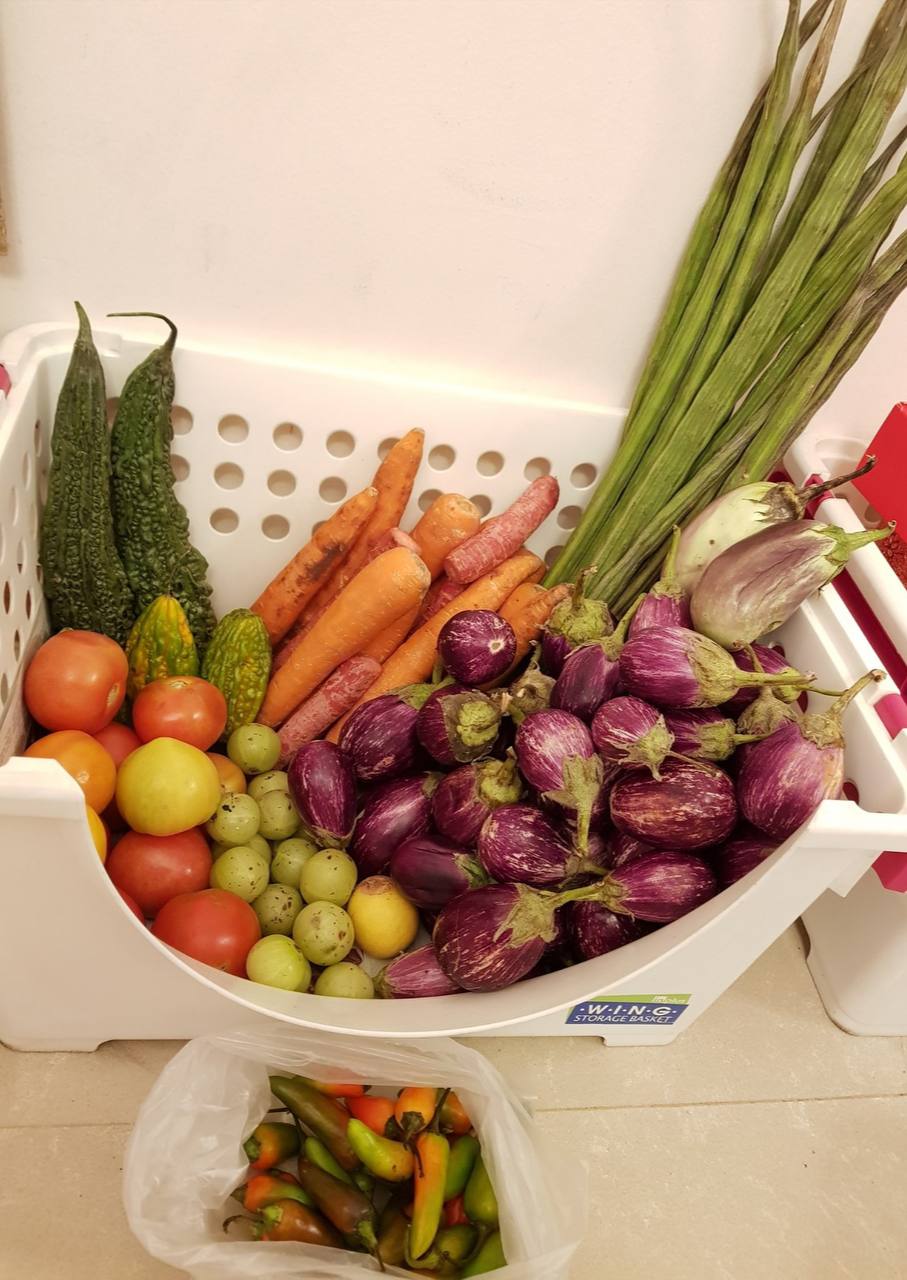
During a Little India Veggie Collection event hosted by SG Food rescue, vegetables that did not make retail shelves were rescued from shops in Little India. Photo courtesy of Mrs Lin-Di Ng.
Mr Vincent Pang, 35, a private dining chef who runs Pun Im Private Dining, shares that food being deformed, or “ugly”, doesn’t automatically make it inedible.
“Many often stay away from foods that look deformed or ugly just because they’re not aesthetically pleasing, but this doesn’t mean to say they aren’t as good or delicious as the prettier looking ones,” says Mr Pang.
Unfortunately, this conditioned thinking and the discarding of “ugly food” exacerbates the ever-increasing food wastage situation in Singapore. According to the National Environment Agency, 40 per cent of local food waste comes from commercial and industrial sectors handling fruits, vegetables and seafood.
When more food is wasted, so are the resources used to nurture and deliver this food, needlessly adding to our carbon footprint and contributing to climate change.
With all that being said, is there a way to enjoy delectable food and not contribute so much to food waste?
The answer is yes. Enter the concept of “Food Rescue and Upcycling”.
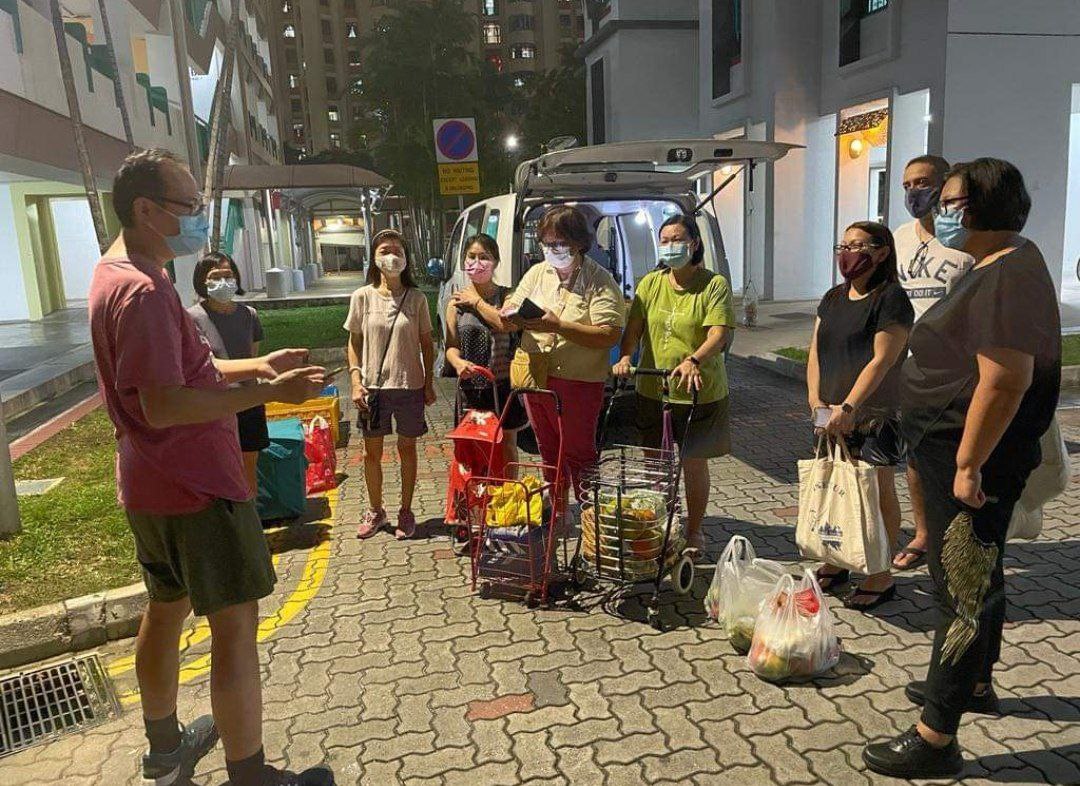
Mrs Lin-Di Ng learnt how to process and assess what food can be salvaged after attending many food rescues. Photo taken from KampungBishan on Facebook.
Mr Daniel Tay, 42, is the co-founder of SG Food Rescue, a group aiming to reduce food waste by going on food rescue trips where they approach food businesses to collect their “ugly food” to keep or give to the needy.
“The process is [that] we will go up to the vendor and ask them for food that they cannot sell and then we ask them to give it to us instead of them throwing it away,” says Mr Tay. “The rescuers will then divide it up among themselves and bring home whatever food is rescued… usually you have to give away some because the volume of food that you collect is just too much.”
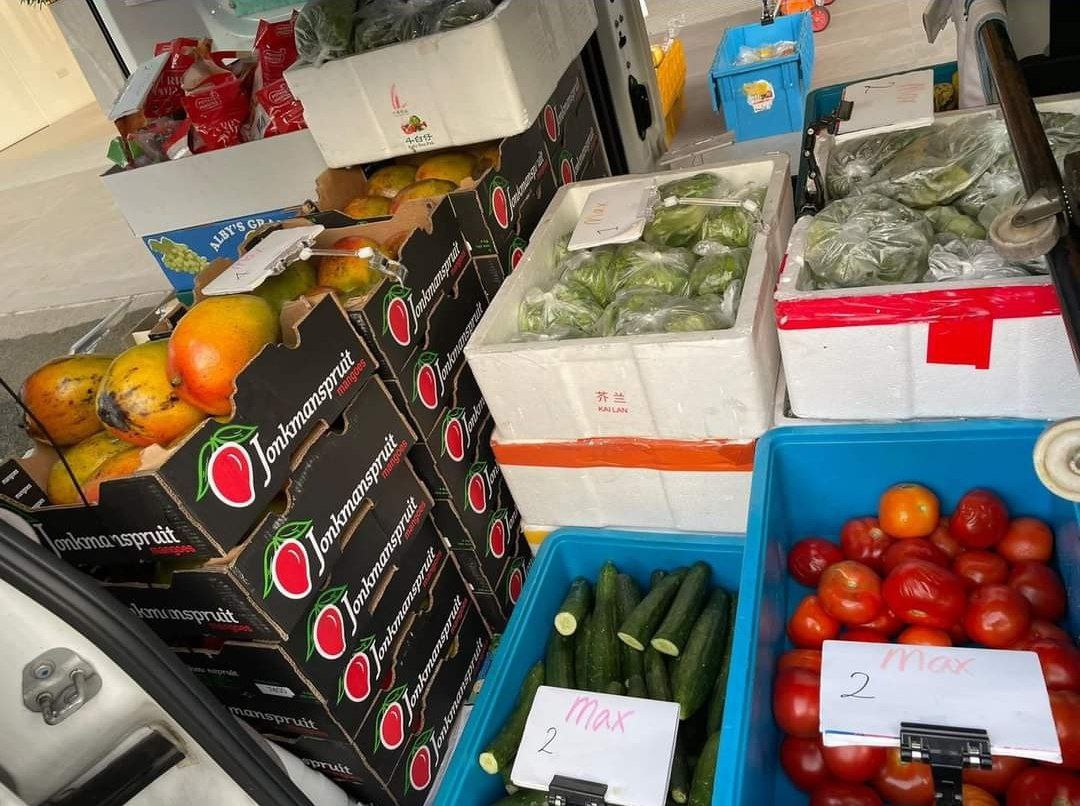
The amount of rescued food being given away for free to those who need it. Photo taken from KampungBishan on Facebook.
Mrs Lin-Di Ng, 46, a fellow SG Food Rescue participant, shares how food rescue has brightened up her life and enlightened her.
“The way I got involved in food rescue was with a group of people rather than alone. I enjoy the interaction with other food rescuers and the friendships which have developed. [We also had] the [eye-opening] experience of what food we have the privilege to rescue, how much potential food waste there really is, as well as the good condition of some of the rescued food,” says Mrs Ng.
According to the Upcycled Food Association, food upcycling involves making something new and nutritious out of food that is to be thrown away. In doing so, it reduces food waste.
“I think the best way to learn how to upcycle food is to eat the food first… . So you let them try the end product first, find out how delicious it is, then [they’ll] want to learn how to upcycle it,” says Mr Tay.
Mrs Ng shares that her husband loves experimenting with the food rescue items she brings back every trip – especially dishes that incorporate capsicums into the mix.

A before (top) and after (bottom) picture of how Mrs Lin-Di Ng’s husband transformed a rescued multicoloured capsicum that rarely makes it to retail shelves into a delicious oven-baked dish. Photo courtesy of Mrs Lin-Di Ng.
“We’ve had capsicum with sliced beef stir fry, blended vegetable soups with tomatoes, carrots, onions, potatoes and, you guessed it, capsicums. We’ve had roasted sliced capsicums in salad and we did a meatloaf inspired dish of cooked shredded meat, mushrooms and veggies in the cavity of the capsicums then roasting the entire “cup”. Yummy!” says Mrs Ng.
We’ve had capsicum with sliced beef stir fry, blended vegetable soups with tomatoes, carrots, onions, potatoes and, you guessed it, capsicums. We’ve had roasted sliced capsicums in salad and we did a meatloaf inspired dish of cooked shredded meat, mushrooms and veggies in the cavity of the capsicums then roasting the entire “cup”. Yummy!”
Mr Preston Wong, 33, is the chief executive officer and lead innovator at treatsure, a mobile application that connects hotels and grocery businesses with surplus and sustainable food to consumers. Their aim is to redistribute non-marketable or excess groceries to consumers on the application in order to help alleviate food wastage.
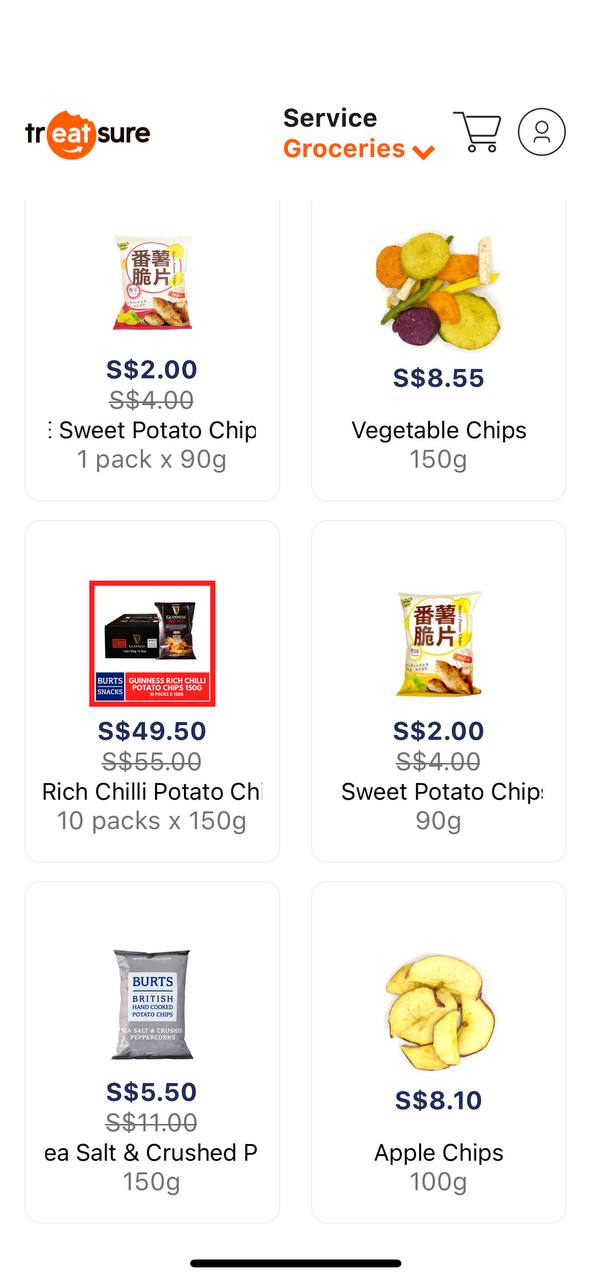
Some upcycled vegetable and fruit chips available on the ‘treatsure’ application. Screenshot taken from ‘treatsure’ application.
“We felt it was timely to introduce the concept of upcycling or upcycling food to our app community, as another way to contribute towards food sustainability beyond saving food directly through our hotel buffet and grocery partners. Also, by having a range of upcycled products [created from surplus food] (chips, soaps, drinks), we could showcase creativity and innovation,” says Mr Wong.
Mr Wong offers some tips on how Singaporeans and businesses can start their food upcycling journey.
“We can get some inspiration or refer to online recipe sites and social media accounts to explore what to do with our surplus ingredients or food scraps,” says Mr Wong. “I think more [businesses] in F&B and even home bakers [and] cooks can explore creating new delights out of old food ingredients. There also needs to be more social media sharing about… upcycling food.”
As such, it is time Singaporeans change their mindsets about ‘ugly’ food. Afterall, even the ugly duckling turns into a beautiful white swan.
“The taste is no different from store bought food. It’s the exact same food everyone buys from markets, supermarkets, food stores, [et cetera]. If I were to serve you two identical dishes, one made with store bought ingredients and one made with totally rescued ingredients, no one would be able to tell the difference,” says Mrs Ng.
The taste is no different from store bought food. It’s the exact same food everyone buys from markets, supermarkets, food stores, [et cetera]. If I were to serve you two identical dishes, one made with store bought ingredients and one made with totally rescued ingredients, no one would be able to tell the difference.
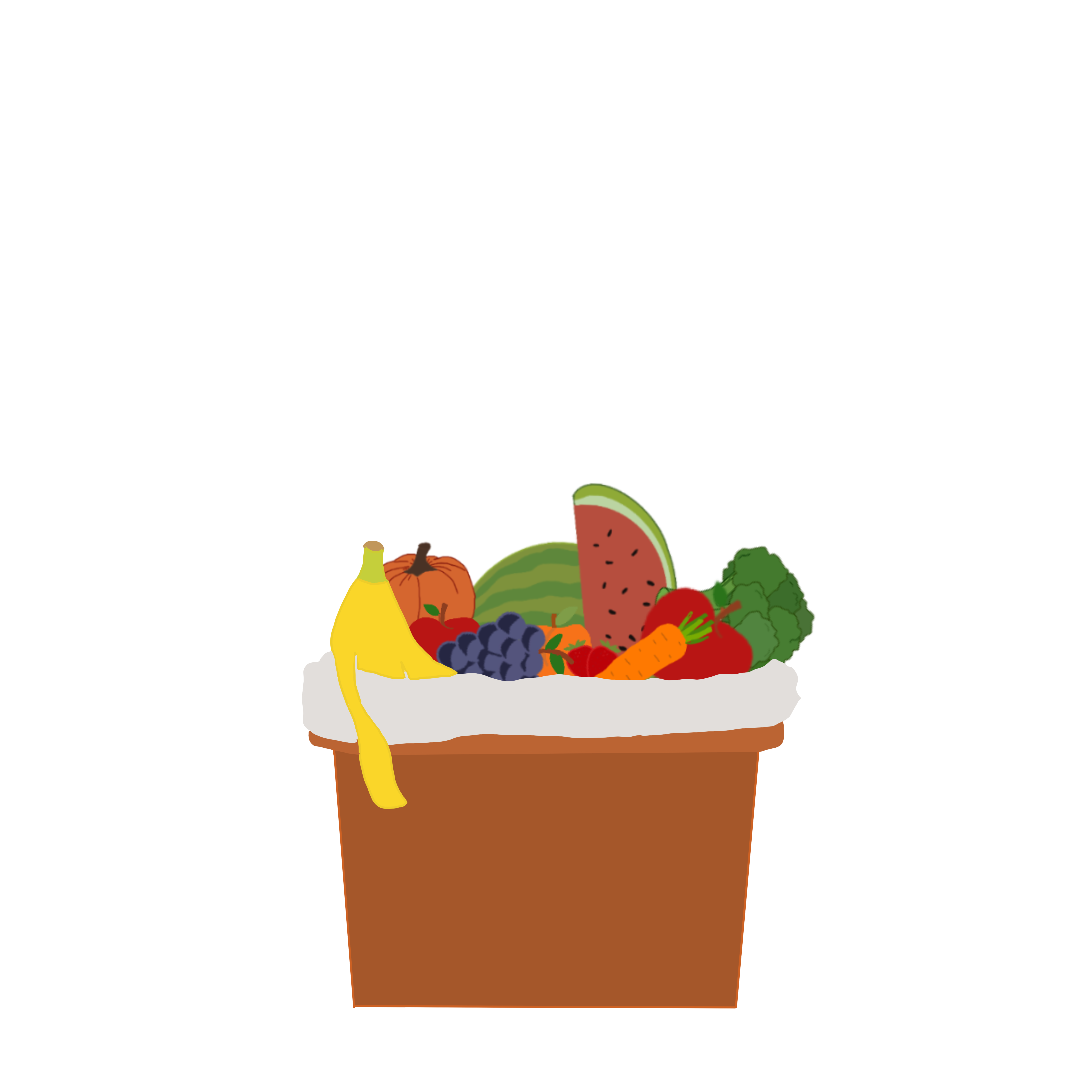
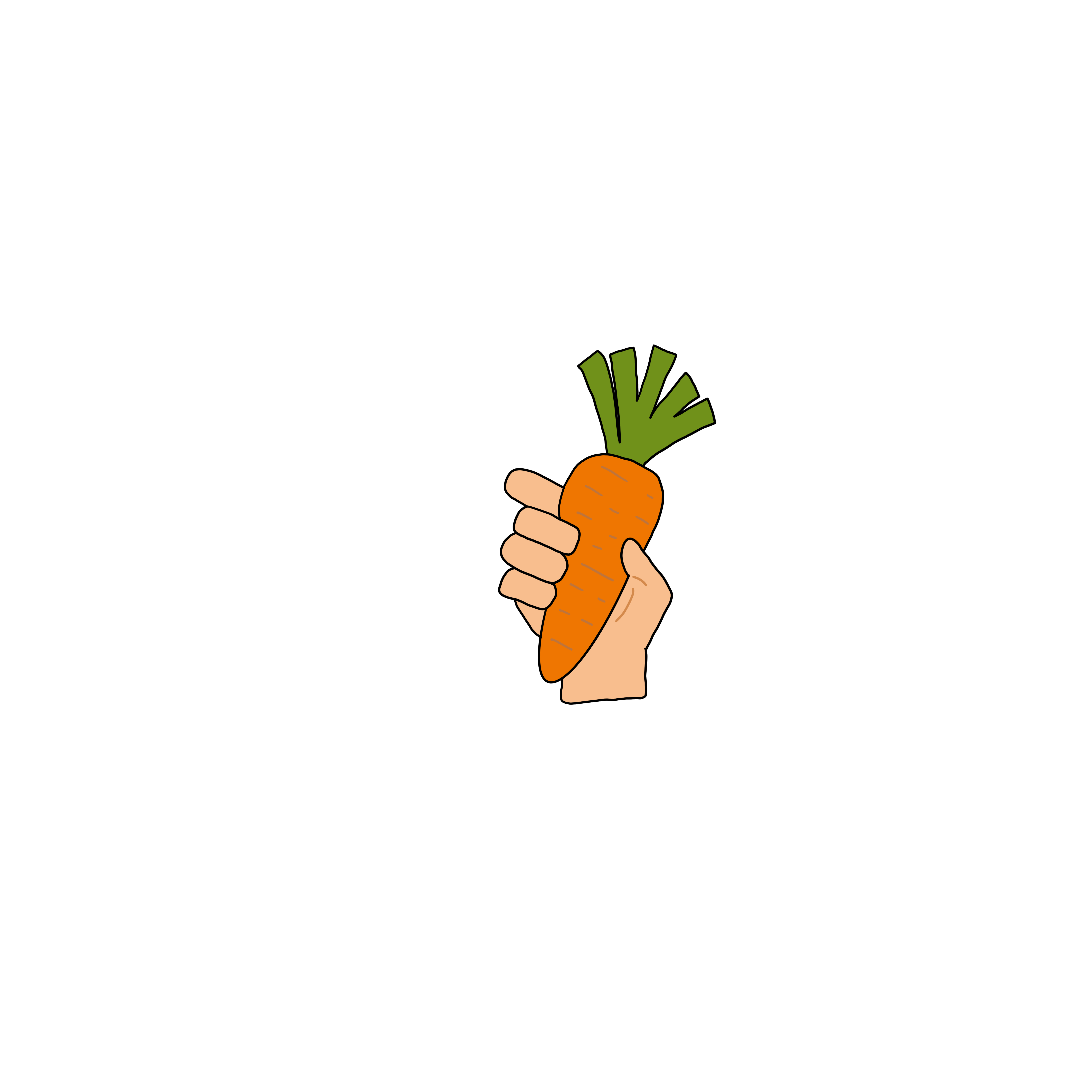

I have read your article carefully and I agree with you very much. This has provided a great help for my thesis writing, and I will seriously improve it. However, I don’t know much about a certain place. Can you help me?
soothing music
Thank you for your sharing. I am worried that I lack creative ideas. It is your article that makes me full of hope. Thank you. But, I have a question, can you help me?
Can you be more specific about the content of your article? After reading it, I still have some doubts. Hope you can help me.
The Sonic breakfast menu features both classic and creative options, including signature burritos, crispy bacon sandwiches, and buttery biscuits. With quality ingredients and fast service, the Sonic breakfast menu makes it easy to grab a satisfying meal on the go. Morning cravings? Sonic has you covered.
Can you be more specific about the content of your article? After reading it, I still have some doubts. Hope you can help me.
Your article helped me a lot, is there any more related content? Thanks! https://www.binance.com/id/register?ref=GJY4VW8W
Your point of view caught my eye and was very interesting. Thanks. I have a question for you.
I don’t think the title of your article matches the content lol. Just kidding, mainly because I had some doubts after reading the article.
Thank you for your sharing. I am worried that I lack creative ideas. It is your article that makes me full of hope. Thank you. But, I have a question, can you help me? https://accounts.binance.com/hu/register?ref=IQY5TET4